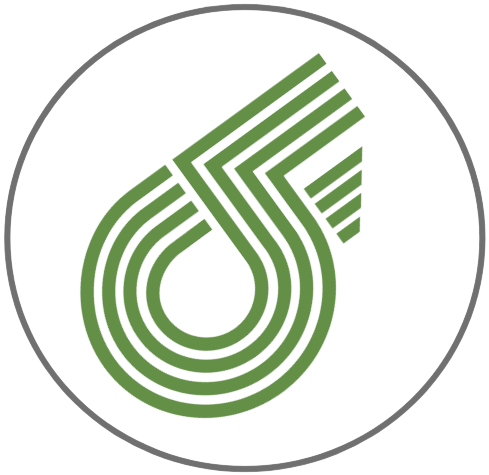
1. IV drug users face significantly increased risk for infectious diseases such as HIV.
2. Skin infections are very common in iv drug users.
3. Repeated intravenous drug use can cause inflammation of the interior lining of the heart which is known as endocarditis.
4. Injecting drugs greatly increases the risk of overdose.
5. IV drug use can cause permanent scaring.
Drug use usually begins with less invasive methods of consumption, such as smoking or ingestion. As drug users build tolerance, they may use intravenous injection to get a stronger result from the drug. Heroin, cocaine, methamphetamines, prescription stimulants and prescription opioids can be injected into the bloodstream through a vein.
People who use drugs intravenously put themselves at an increased risk for diseases such as HIV, hepatitis b and hepatitis c. There are two main ways that iv drug users contract these types of infections: by sharing needles or drug equipment, and by having unprotected sex with an infected person.
According to the national institute of drug abuse, drug use can worsen the progression and symptoms of HIV. Drugs can make it easier for HIV to enter the brain and cause nerve cell injury, as well as problems with thinking, learning, and memory. It can be uncomfortable to go to an aa meeting for the first time, but remember, everyone at aa knows what you’re going through.
The world health organization recommends the following health services for iv drug use.
Detoxification
The first step of drug addiction treatment is detoxification or ridding the body of the drug. This is a process that needs to be done gradually, with the help of a medical professional – rather than quitting cold turkey. Gradually weaning off the drug will ease your withdrawal symptoms. Detoxification is also never to be used as a complete treatment remedy – it should be the first step of a long-term treatment plan for recovery. Detox should be followed by either inpatient or outpatient treatment, consisting of behavioral therapy and/or medication.
Behavioral therapies for addiction treatment
Behavioral therapy is an important part of addiction recovery. Behavioral therapy can be used in an inpatient or outpatient setting depending on the individual’s needs.
Some commonly used behavioral therapies for addiction treatment include:
Medicinal treatments for drug addiction
Medication can be helpful in addiction treatment when used alongside behavioral therapy.
Many of the drugs’ people use intravenously are opioids, such as heroin. Opioid addiction can be treated with certain medications, such as: